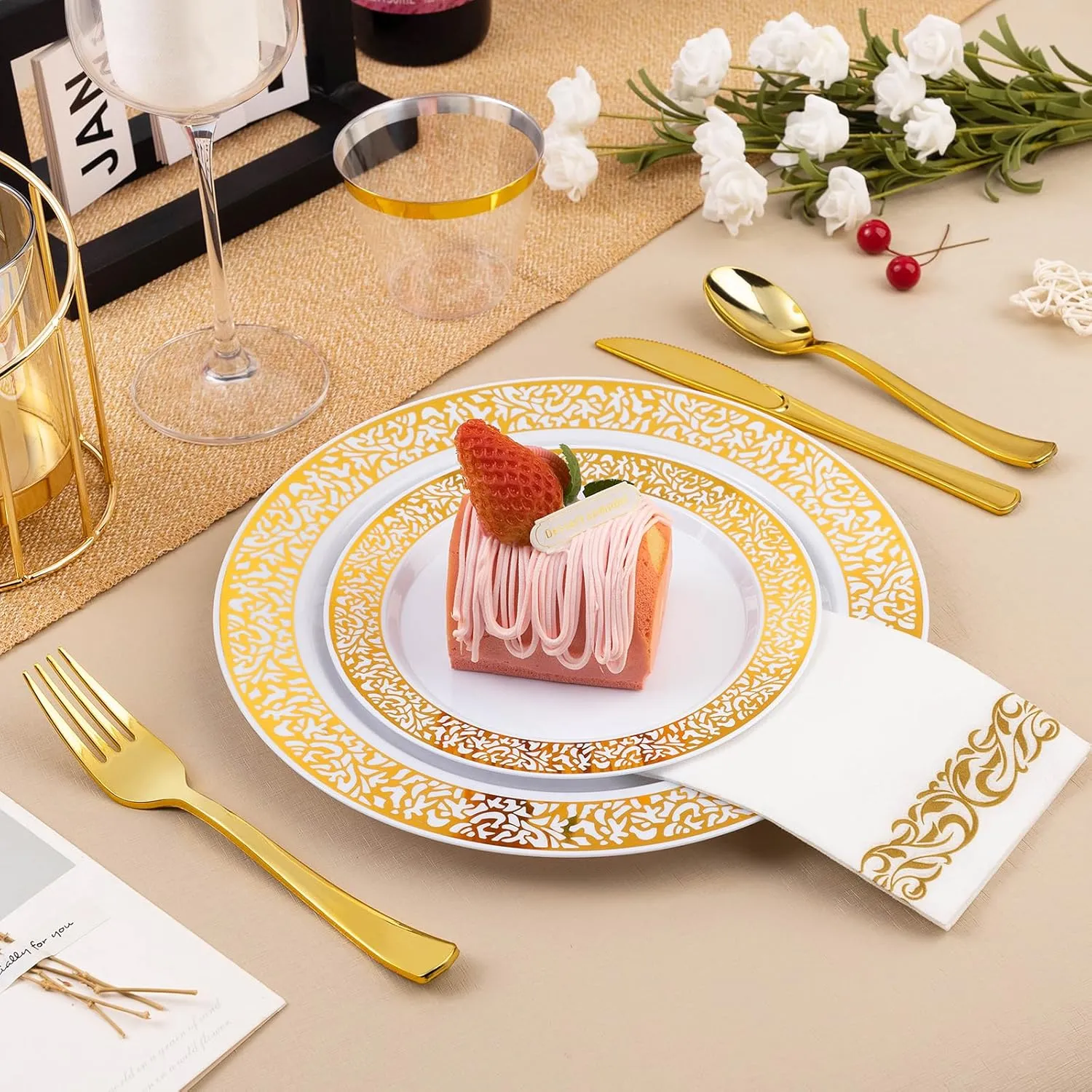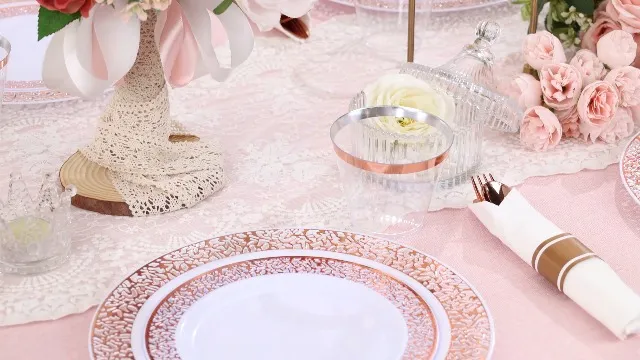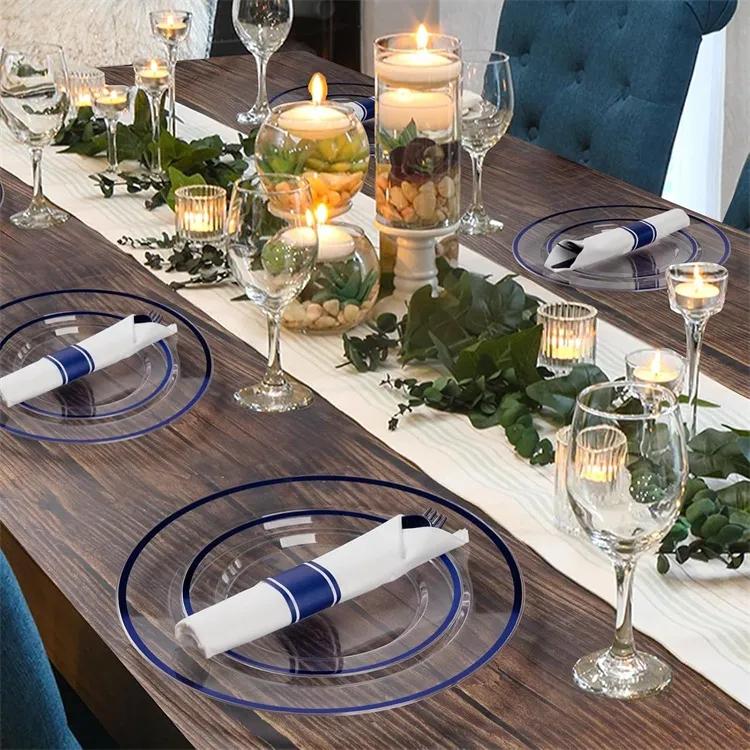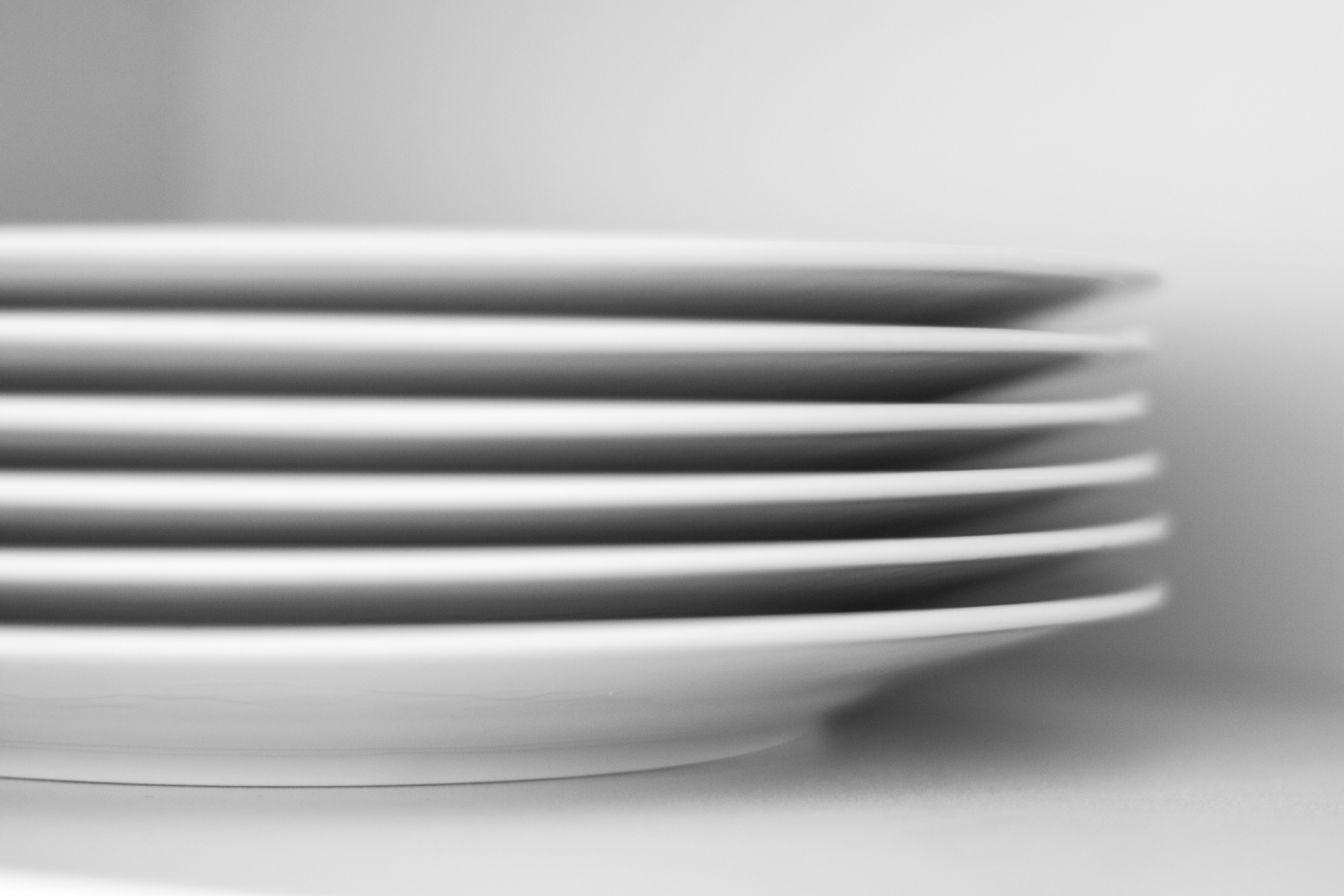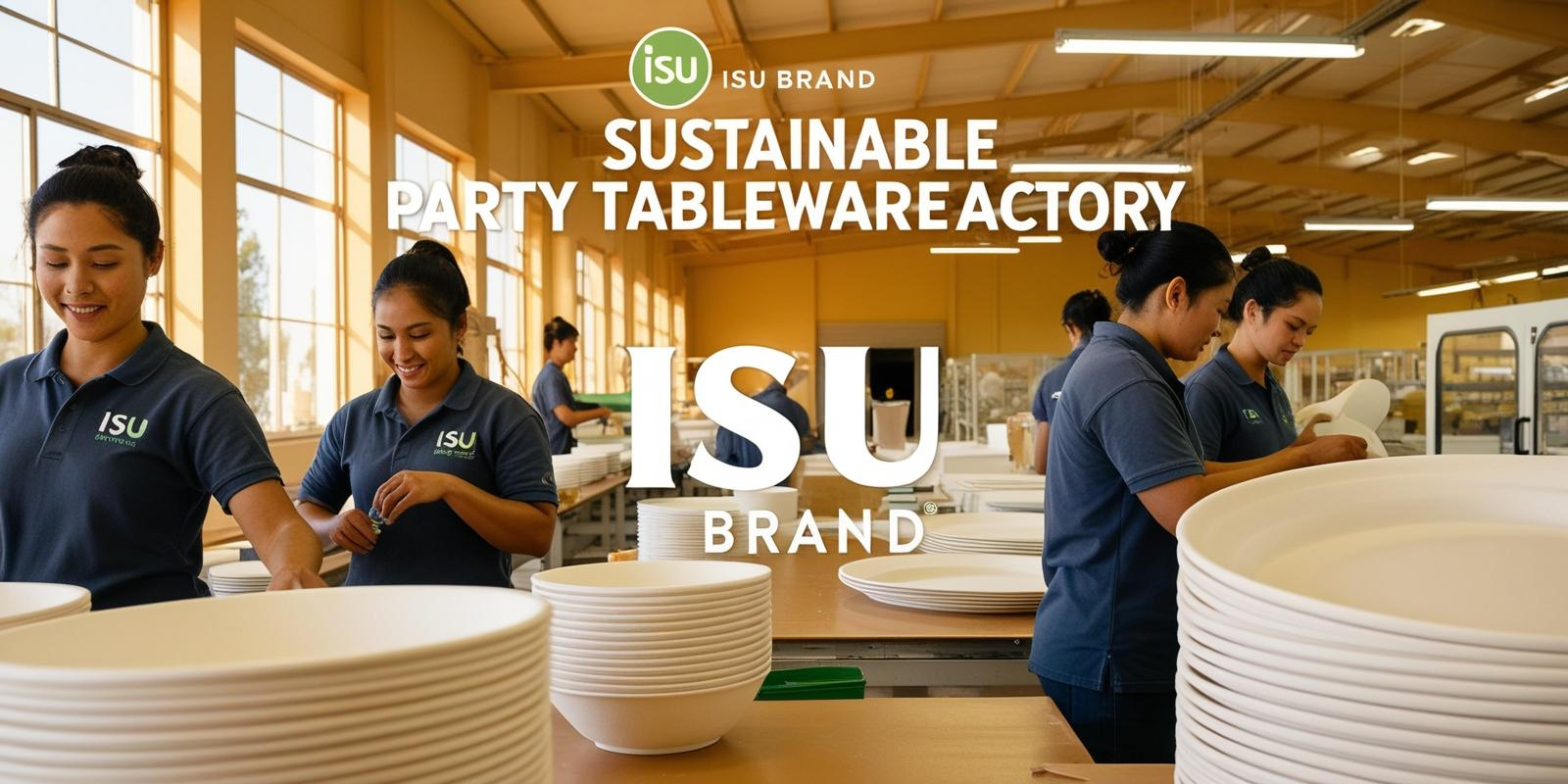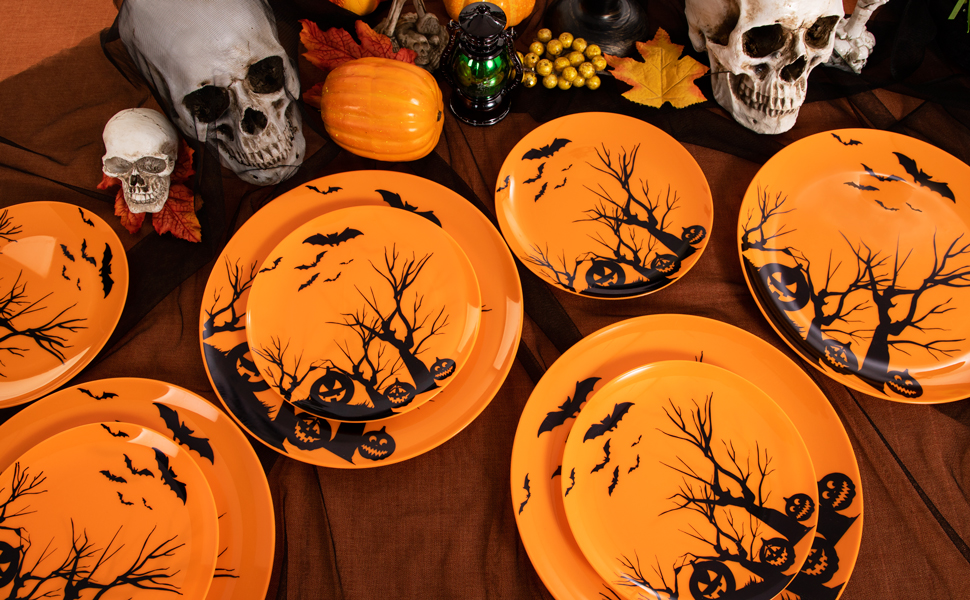How Much Does Custom Plastic Tableware?
Table of Contents
Imagine this: when your customers are full of anticipation and ready to enjoy their food, what is the first brand touchpoint they come into contact with? It’s not the food itself, but that small fork or spoon.
What would happen if that were a fragile and unoriginal white plastic tableware?
The best-case scenario is that it is ignored, and the worst-case scenario is that its cheap texture lowers customers’ first impression of your food.
This is precisely the mistake that many catering brands make inadvertently.
They long to stand out but end up choosing the common products that their competitors are also using because they are unsure: “How much does it cost to customize a set of exclusive plastic tableware?”
This cost seems to be a mystery, deterring many people.
But we want to tell you a secret: The control of costs is actually in your hands!
You can definitely create custom tableware that not only highlights the brand’s characteristics but also is cost-effective based on your budget.
The first step to solving this cost mystery is very simple that is, to clearly define your brand positioning and usage scenarios.
Is it for an elegant banquet or a quick lunch? This answer will directly determine your plan and budget.
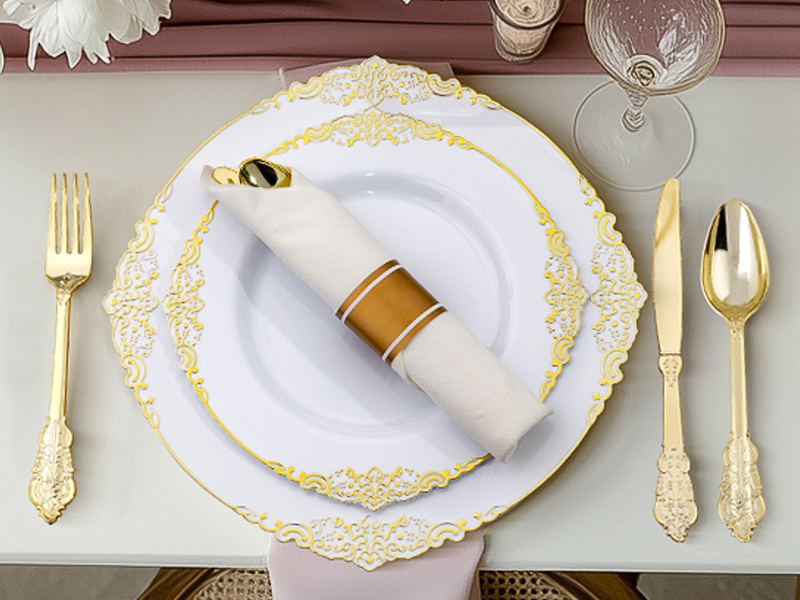
cost of raw materials
The cost of raw materials accounts for as high as 60% to 70% of the total cost of custom plastic tableware and is the factor with the greatest price fluctuation.
Currently, the mainstream plastic raw materials used in custom tableware on the market include polypropylene (PP) and polystyrene (PS), and there are significant differences in their properties and prices.

- PP is currently the most commonly used material for custom tableware. It has excellent heat resistance (able to withstand temperatures above 100℃) and chemical stability, making it particularly suitable for products that require heat resistance, such as lunch boxes and food storage containers.
- PS is mostly used to make disposable bowls, plates, and other thinner tableware, and its price is lower than that of PP.PS products have high transparency and good rigidity, but their heat resistance is relatively poor (usually below 70℃), making them unsuitable for holding high-temperature food.
An environmentally friendly choice
With the global environmental awareness rising, biodegradable materials such as polylactic acid (PLA) are becoming new favorites in the market.
PLA is made from renewable resources such as corn starch and can be completely degraded under industrial composting conditions, making it an ideal alternative to traditional plastics.
However, the price of PLA is about three times higher than that of PP.
A 500ml biodegradable lunch box material is 50% to 80% more expensive than a PP lunch box of the same specification.
Starch-based materials are another type of environmentally friendly option. The price of these materials is comparable to or slightly higher than that of PP, but the complex production process leads to a high proportion of labor costs.
The advantage of starch-based tableware lies in the easy availability of raw materials and the intuitive degradation effect, making it suitable for brands that focus on ecological communication.

Production process cost
The production process cost accounts for approximately 20% to 30% of the total cost of custom plastic tableware, mainly including mold development, equipment depreciation, labor costs, and energy consumption, etc.
This part of the cost is closely related to the product complexity and order size, showing a significant economies of scale effect – the larger the batch size, the lower the cost per piece allocated.

Mold costs are the primary investment in custom production, especially for tableware of special shapes.
According to the data from a certain mold manufacturer, the price of injection molds ranges from several thousand to several hundred thousand yuan, mainly depending on three factors: specification and size, material quality, and the complexity of the production process.
Standard round and square lunch boxes can usually use the existing molds of manufacturers at a relatively low cost or even for free.
However, unique designs (such as the shape of a brand mascot) require special mold making, which is relatively expensive.
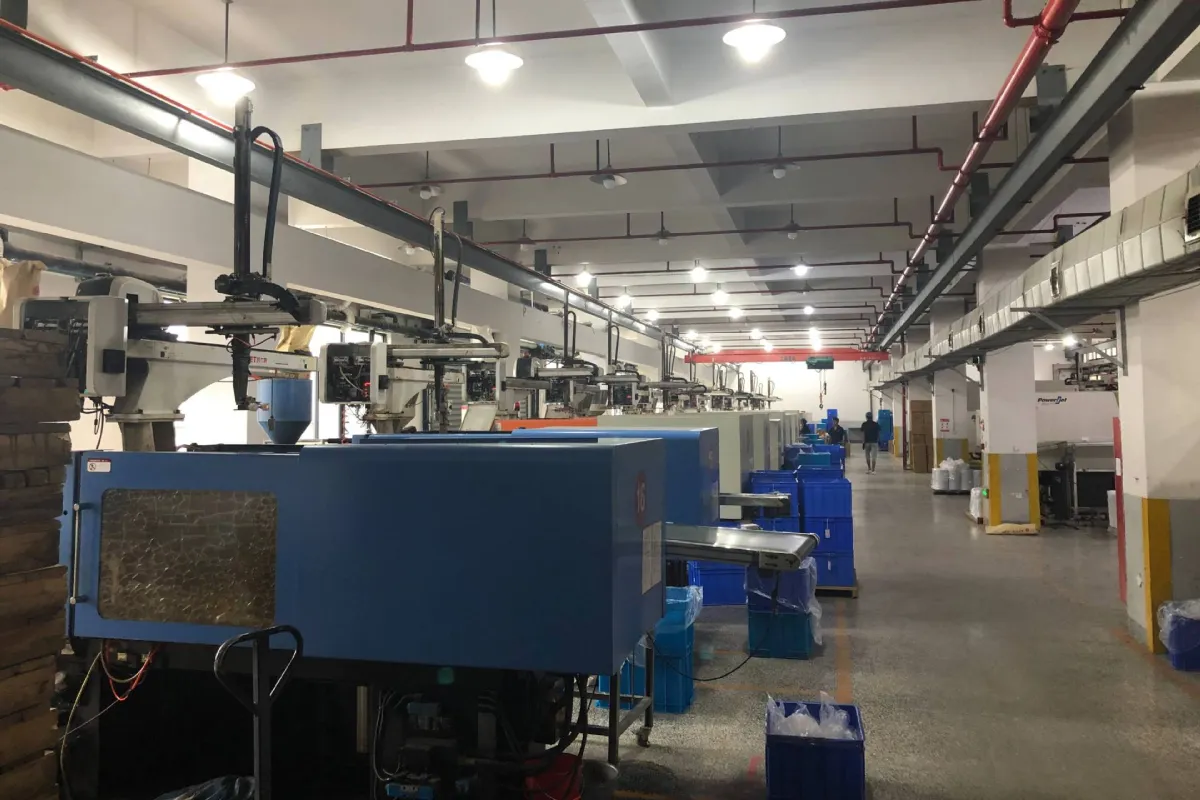
Production costs, including equipment depreciation, labor and energy consumption, etc., usually account for 20% to 30% of the total cost.
Among them, injection molding is the most common processing method, and different processes have a significant impact on costs.
According to industry reports, advanced thin-wall injection molding technology can reduce the wall thickness from 1.2mm to 0.8mm, saving 25% of material consumption and thereby lowering costs.
It is worth noting that production costs also vary in different regions.
For instance, in China, the eastern regions, with their well-developed industrial chains and highly concentrated production capacity, usually have production costs that are 5% to 10% lower than those in inland areas.
Astute suppliers will comprehensively consider mold costs, production processes, and regional advantages to construct the most cost-effective production plan.
Cost of decoration craftsmanship
Decorative craftsmanship is the key to distinguishing custom plastic tableware from standard products and is also the core carrier for brand display.
The cost of this part varies greatly depending on the complexity of the craftsmanship.
- In-film labeling (IML) is currently the preferred process for high-end custom tableware. It features printed patterns sandwiched between two layers of plastic films, offering the advantages of the patterns not falling off and being scratch-resistant.
- Screen printing is the most economical decorative option, suitable for single-color or simple multi-color patterns.
- Heat transfer printing is suitable for the decoration of curved or irregularly shaped tableware. Patterns are transferred to the product surface through heat pressing.
- Digital printing technology has rapidly spread in recent years and has three major advantages over traditional processes: no need for plate making, shortening the preparation time in the early stage; supports full-color images and photo-quality printing; and Small-batch orders are more economical
Special effect techniques such as gilding, embossing or partial brightening, although costly, can create differentiated visual effects.
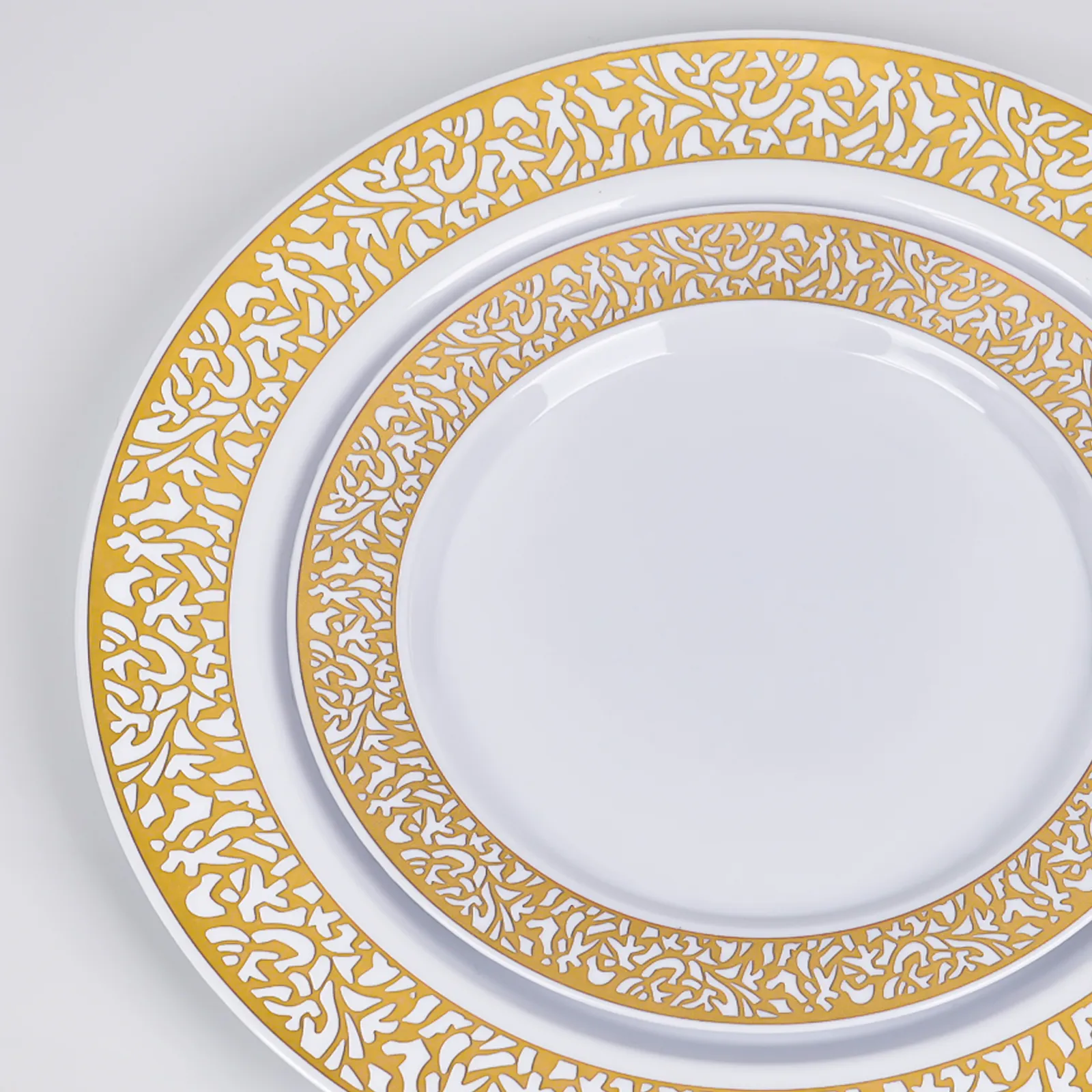
Decoration cost optimization strategy
- Color simplification: Reducing the design from four colors to three colors can lower printing costs by 15% to 20%
- Area control: Reduce the ink coverage area
- Process combination: Special processes are only used in key areas (such as the logo), while the rest of the parts are simply printed.
- Standardized design: Similar design elements are shared within the same series of products, reducing the cost of each new design
- Batch concentration: Merge multiple small orders for production to reduce the frequency.
Logistics packaging cost
Logistics and packaging costs account for approximately 10% of the total expenditure on custom plastic tableware, but they are often underestimated by the purchasers.
This part of the cost includes transportation fees, protective packaging, warehouse management and insurance, etc., and is significantly affected by factors such as distance, delivery time and packaging requirements.
Reasonable logistics planning can save 15% to 25% of the total cost, which is particularly important for cross-border trade orders.
Air Shipping
If you are in pursuit of the fastest international logistics speed, air freight is undoubtedly the top choice.
However, the price of speed is cost. The charging standards of airlines mainly depend on two factors: one is the actual weight of the goods, and the other is the size of the space it occupies (that is, the “volumetric weight”).
Ultimately, airlines will compare these two values and charge based on the one that is heavier.
Air freight is often used for orders with strong time sensitivity, small-batch orders, and sample orders
Water Shipping
For large orders (over 500 kilograms), sea transportation is the most commonly used logistics method because it is more cost-effective than air transportation.
The cost is calculated based on the volume of the goods, not their weight.
However, please remember that this might not be the most time-saving mode of transportation.
Therefore, if you want to save on logistics costs by sea transportation, please plan your delivery cycle well.
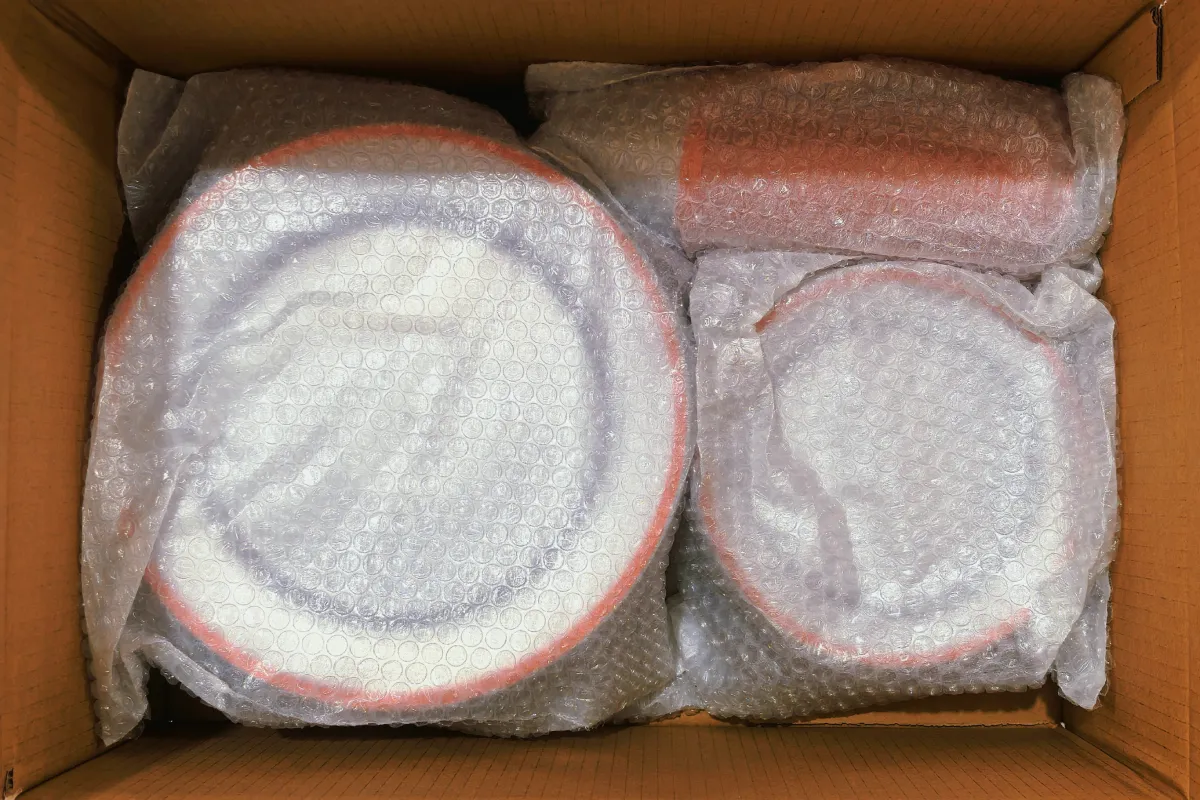
Protective packaging is crucial for the safety of tableware, but it also increases costs.
Custom-made tableware usually needs to be packed in separate cardboard boxes or bubble wrap to prevent scratches or contamination during transportation.
Logistics cost optimization strategies
- Combined transportation: Multiple small and medium-sized buyers merge orders to enjoy freight discounts for large customers
- Packaging optimization: Use appropriate filling materials while controlling the total volume to avoid “volume-to-weight” billing
- Flexible time: Place orders during off-peak seasons (such as after the Spring Festival), and the shipping discount can reach 15% to 20%
Cost optimization strategy
The total cost of custom plastic tableware is a comprehensive reflection of four major elements: materials, production, decoration and logistics.
A wise purchasing decision needs to balance these factors with brand requirements and budget constraints.
We are well aware that for enterprises that are new to custom tableware, there is a possibility of falling into traps at every stage due to a lack of experience.
At this point, a professional partner with 15 years of industry experience can not only accurately help you avoid common pitfalls such as “low-price traps” and “material risks”, but also transform your customized demands into product solutions that are both cost-effective and have brand value through standardized production processes and full-chain quality control.
If you are not sure about the cost of custom-made tableware, you can ask for a quotation to get an accurate solution.
Related Posts
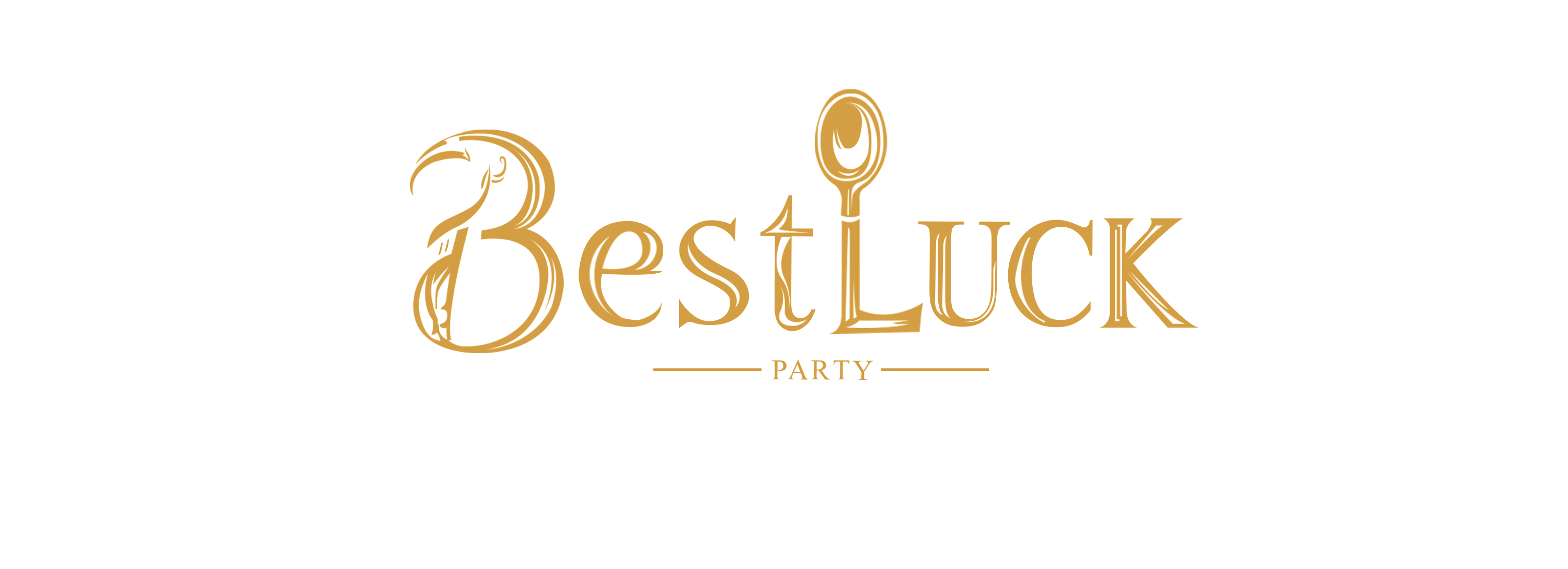
Get Bulk Discounts Today
Request Your Free Sample Kit!
Company
Contact Us
Address: No.303, Building 5, Ronghua Center, Ningbo, China
Phone/Whatsapp: +86 13646663910
Compliance
Bestluck is a legitimate and legal company, and we hold various professional certifications.
Company
Contact Us
Follow Us
Compliance
Bestluck is a legitimate and legal company, and we hold various professional certifications.
Copyright © 2010 – 2025 Zhejiang Yisu Home Technology Co., LTD. All Rights Reserved | Stiemap | Privacy Policy
Copyright © 2010 – 2025 Zhejiang Yisu Home Technology Co., LTD. All Rights Reserved | Privacy Policy


